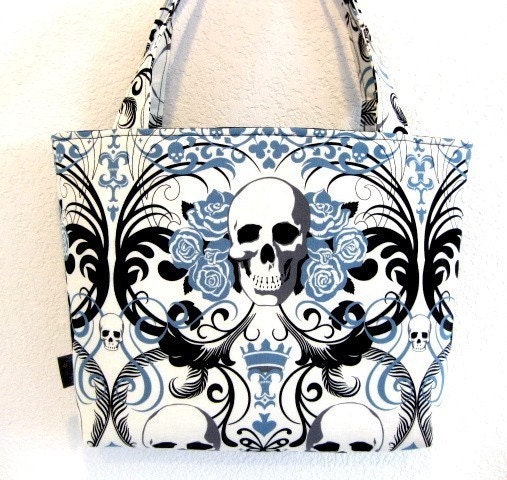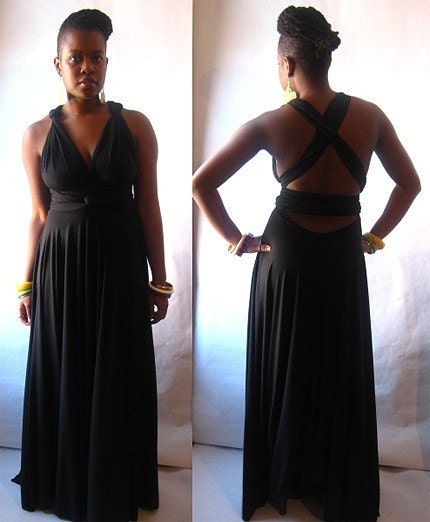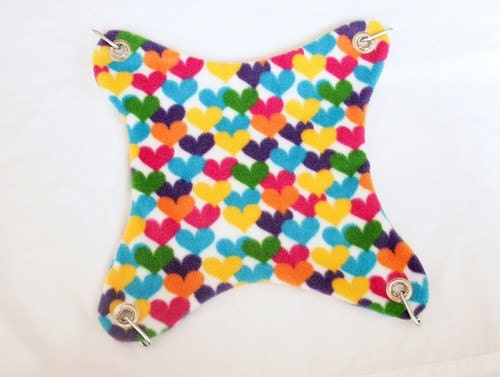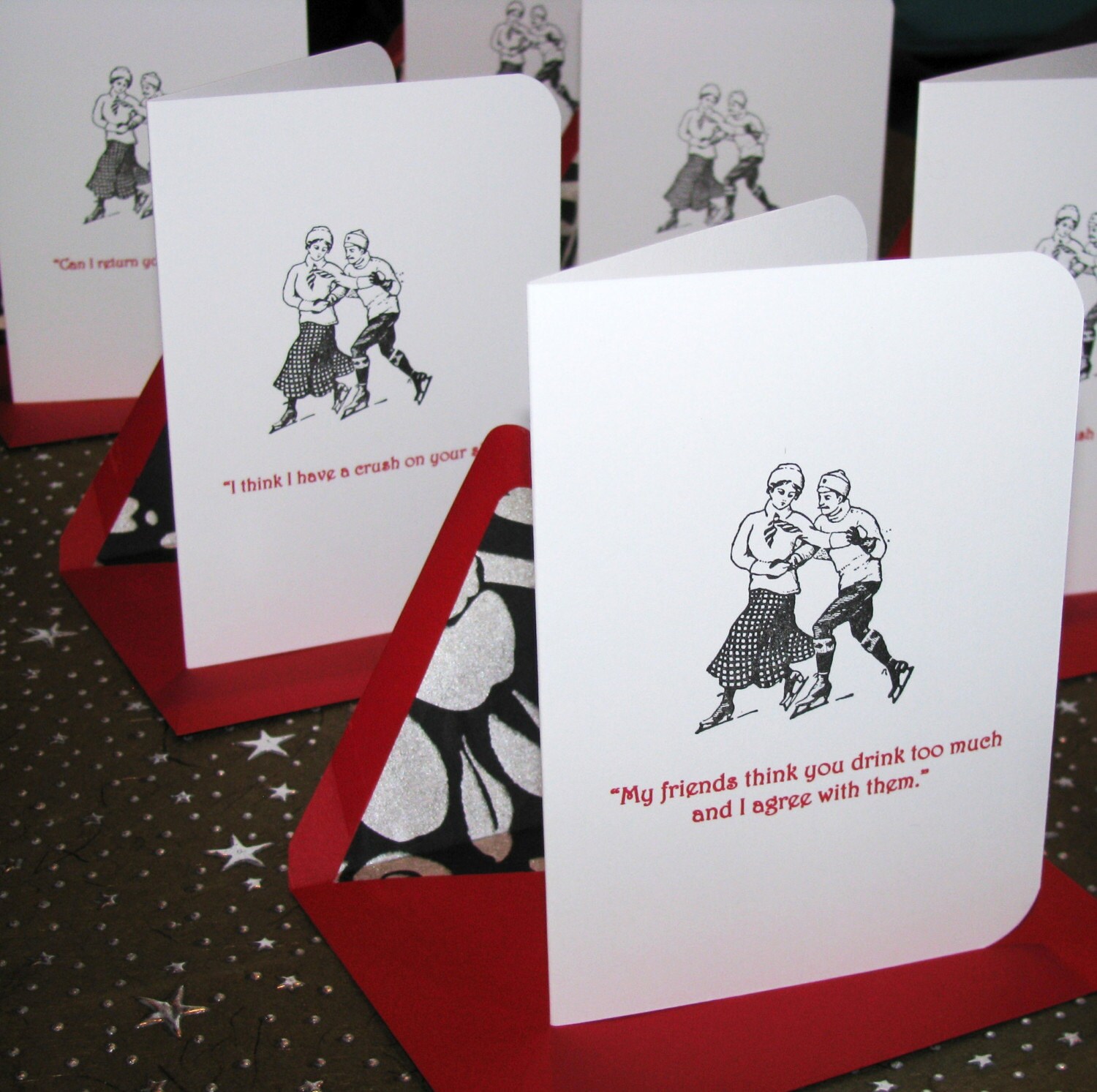Here's a re-post from Amber's blog covering new information regarding, well...copyright issues. Thanks, Amber!
___
Another relevant copyright issue for the handmade movement is the topic of up-cycling products which have images/logos lawfully printed on them.
I've been reading through copyright law (http://www.copyright.gov) in order to research this topic. I've explained and quoted some information here, which should be helpful to persons involved in handmade/craft/art/photography. I've done some paraphrasing and rewording, and I advise you consult the law yourself (or a lawyer) to be absolutely certain whether your use requires permission or not.
___________________________________
Copyright law is appropriately named, as its primary concern is the RIGHT to COPY an original creation. Actions such as drawing, photographing, and printing are all considered "copying" and are therefore covered under copyright law. These are all exclusive rights which held by owner of copyright.
The exclusive right of the copyright holder is as follows: (this is paraphrased to refer specifically to two and three dimensional visual works and not to music, video, or other types of performance works)
"(1) to reproduce the copyrighted work in copies or phonorecords;
(2) to prepare derivative works based upon the copyrighted work;
(3) to distribute copies or phonorecords of the copyrighted work to the public by sale or other transfer of ownership, or by rental, lease, or lending;"
____________________________________
There are exclusions to this right. They are as follows:
- cannot prevent sale or transfer of a legally produced and purchased copy of the work (IE I cannot prevent someone from purchasing a print of my drawing and then reselling it)
- cannot prevent photographs of copyright work from being published or distributed only if it is done for the purpose of commentary, advertisement, or news reporting. (IE I cannot prevent a store from photographing a print they have there for sale, to advertise in a magazine that it is for sale)
___________________________________
There is a section of the law called "Fair Use" and it refers to use of copyright material in certain circumstances as being legal and acceptable. This is not detailed to the letter, but is rather a list of considerations that will be applied when the use of a copyright material is called into question. Here are the considerations:
"(1) the purpose and character of the use, including whether such use is of a commercial nature or is for nonprofit educational purposes;
(2) the nature of the copyrighted work;
(3) the amount and substantiality of the portion used in relation to the copyrighted work as a whole; and
(4) the effect of the use upon the potential market for or value of the copyrighted work."
As you can see, provisions are made for what type of work is being reproduced/displayed, whether or not the reproducing party is doing so for commercial reasons/benefit, what percentage of the work is used, and the amount of impact the use of the work has on the original work and value thereof.
It also states that,
"The fair use of a copyrighted work ... for purposes such as criticism, comment, news reporting, teaching, scholarship, or research, is not an infringement of copyright."
___________________________________
Use of Legal Copies of Copyright Materials
As far as I can tell, by reading the law, it does not appear that use of a lawful copy of a copyright work is in violation. A lawfull or legal copy is one that was produced by, or under license of, the owner of copyright. That means if you have a box of candy, cut off the front of the box and apply it to the front of a notebook for sale, it should be legal. As with all situations involving copyright, it is best to consult a lawyer. Additionally, such actions as "tracing" around a copyright item can be an infringement. Example: Stitching around a recognizable logo on fabric could be considered reproduction of the logo.
Additionally, certain items will say "not for commercial reproduction" or "not for commercial use". I purchased Hello Kitty fabric one time that had such a statement printed along the salvage. Use of that fabric in any commercial item for sale would be illegal and in violation of copyright because they implicitly state it is not for such use.
Generally, use of fabric with a recognizeable logo, design or character is not advised. Someone could misconstrue such use as "official" merchandise, which can get you into legal trouble.
Please do share this information; it is really important that everyone be educated on this subject!! You have my explicit permission to link to / repost / copy / re-publish this article with the singular request that you credit me (Amber Hooper) and link back to my blog. (http://peargrrl.blogspot.com)
___
Another relevant copyright issue for the handmade movement is the topic of up-cycling products which have images/logos lawfully printed on them.
I've been reading through copyright law (http://www.copyright.gov) in order to research this topic. I've explained and quoted some information here, which should be helpful to persons involved in handmade/craft/art/photography. I've done some paraphrasing and rewording, and I advise you consult the law yourself (or a lawyer) to be absolutely certain whether your use requires permission or not.
___________________________________
Copyright law is appropriately named, as its primary concern is the RIGHT to COPY an original creation. Actions such as drawing, photographing, and printing are all considered "copying" and are therefore covered under copyright law. These are all exclusive rights which held by owner of copyright.
The exclusive right of the copyright holder is as follows: (this is paraphrased to refer specifically to two and three dimensional visual works and not to music, video, or other types of performance works)
"(1) to reproduce the copyrighted work in copies or phonorecords;
(2) to prepare derivative works based upon the copyrighted work;
(3) to distribute copies or phonorecords of the copyrighted work to the public by sale or other transfer of ownership, or by rental, lease, or lending;"
____________________________________
There are exclusions to this right. They are as follows:
- cannot prevent sale or transfer of a legally produced and purchased copy of the work (IE I cannot prevent someone from purchasing a print of my drawing and then reselling it)
- cannot prevent photographs of copyright work from being published or distributed only if it is done for the purpose of commentary, advertisement, or news reporting. (IE I cannot prevent a store from photographing a print they have there for sale, to advertise in a magazine that it is for sale)
___________________________________
There is a section of the law called "Fair Use" and it refers to use of copyright material in certain circumstances as being legal and acceptable. This is not detailed to the letter, but is rather a list of considerations that will be applied when the use of a copyright material is called into question. Here are the considerations:
"(1) the purpose and character of the use, including whether such use is of a commercial nature or is for nonprofit educational purposes;
(2) the nature of the copyrighted work;
(3) the amount and substantiality of the portion used in relation to the copyrighted work as a whole; and
(4) the effect of the use upon the potential market for or value of the copyrighted work."
As you can see, provisions are made for what type of work is being reproduced/displayed, whether or not the reproducing party is doing so for commercial reasons/benefit, what percentage of the work is used, and the amount of impact the use of the work has on the original work and value thereof.
It also states that,
"The fair use of a copyrighted work ... for purposes such as criticism, comment, news reporting, teaching, scholarship, or research, is not an infringement of copyright."
___________________________________
Use of Legal Copies of Copyright Materials
As far as I can tell, by reading the law, it does not appear that use of a lawful copy of a copyright work is in violation. A lawfull or legal copy is one that was produced by, or under license of, the owner of copyright. That means if you have a box of candy, cut off the front of the box and apply it to the front of a notebook for sale, it should be legal. As with all situations involving copyright, it is best to consult a lawyer. Additionally, such actions as "tracing" around a copyright item can be an infringement. Example: Stitching around a recognizable logo on fabric could be considered reproduction of the logo.
Additionally, certain items will say "not for commercial reproduction" or "not for commercial use". I purchased Hello Kitty fabric one time that had such a statement printed along the salvage. Use of that fabric in any commercial item for sale would be illegal and in violation of copyright because they implicitly state it is not for such use.
Generally, use of fabric with a recognizeable logo, design or character is not advised. Someone could misconstrue such use as "official" merchandise, which can get you into legal trouble.
Please do share this information; it is really important that everyone be educated on this subject!! You have my explicit permission to link to / repost / copy / re-publish this article with the singular request that you credit me (Amber Hooper) and link back to my blog. (http://peargrrl.blogspot.com)











































